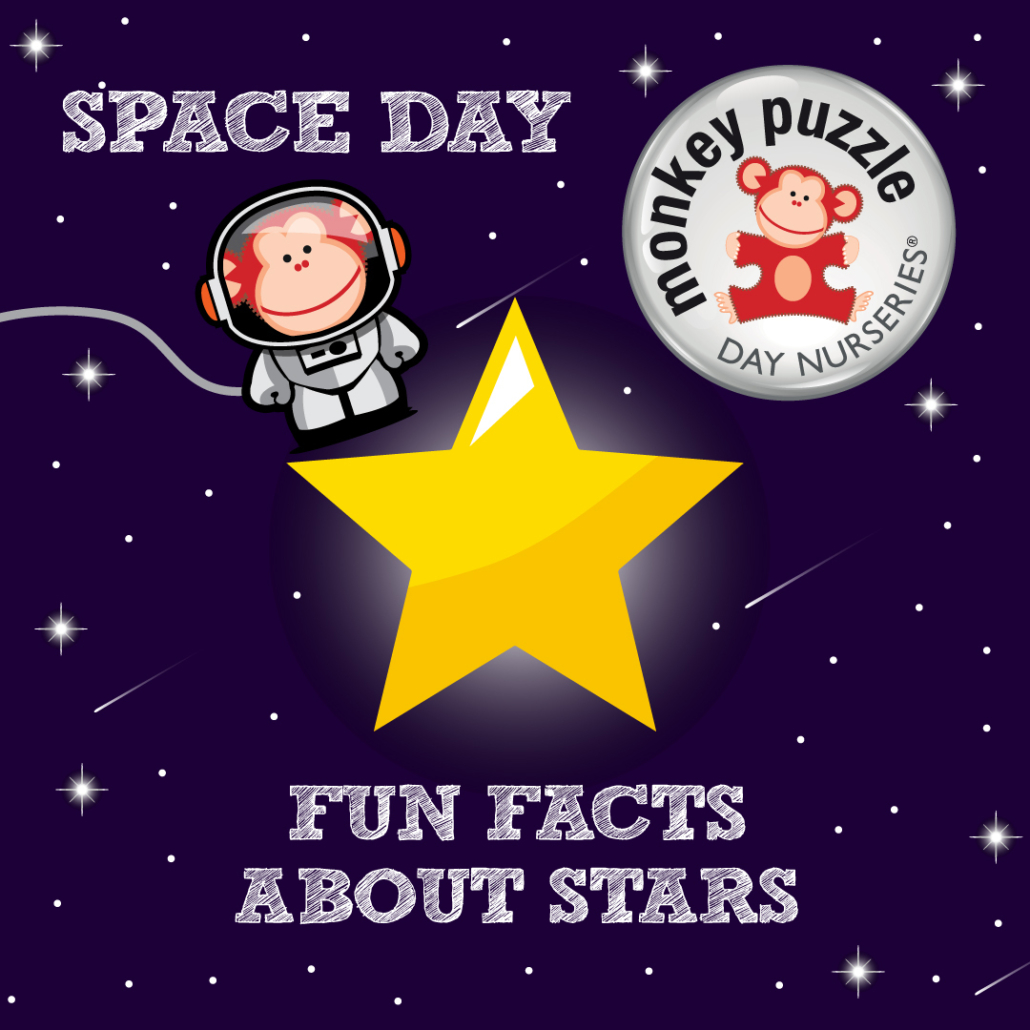Stars are huge, glowing balls of gases. The closest star to Earth is the Sun. Most of the pinpricks of light that shine in the night sky are also Stars. Countless more Stars are too far from Earth to be seen without a telescope. Most Stars are incredibly far away.
 Stars are found in huge groups called galaxies. The Sun and its Solar system, including Earth, are part of the Milky Way galaxy. That galaxy alone contains hundreds of billions of Stars. There are many billions of galaxies in the universe.
Stars are found in huge groups called galaxies. The Sun and its Solar system, including Earth, are part of the Milky Way galaxy. That galaxy alone contains hundreds of billions of Stars. There are many billions of galaxies in the universe.
Stars are found in large groups called galaxies. A galaxy may contain millions or even hundreds of billions of stars, plus gas and dust.
Source of energy
Nearly all stars are made up mostly of a gas called hydrogen. A Star’s core is very hot. Great pressure squeezes the core, causing some of the hydrogen to change into a gas called helium. This process produces huge amounts of energy and makes the Star shine.
Physical features
Stars vary in size, temperature, brightness, and colour. A star’s temperature, as well as its chemicals, makes it shine in a certain colour. The bluer stars are usually hotter, while the redder stars are cooler. The Sun is somewhere in between. It gives off yellow light. The Sun is a fairly average star in terms of its brightness and size.
Life of a star
Stars probably begin as clouds of hydrogen and dust. This material slowly pulls itself together into clumps. As the material gets packed in tighter, the clumps get hotter. Pressure builds up. Eventually the Star begins changing hydrogen into helium—and so begins to shine brightly.
After shining for billions of years, a Star uses up all its hydrogen. Small and medium ones slowly cool down and stop shining. This will happen to the Sun billions of years in the future.
Large stars end with a violent explosion called a supernova. After that the material gets crushed much smaller. It no longer shines. Huge Stars may end up as objects called black holes. The crushed material is so heavy for its size that it develops a powerful inward pull. This pull, called gravity, is so strong that it sucks in anything that gets near the black hole.

